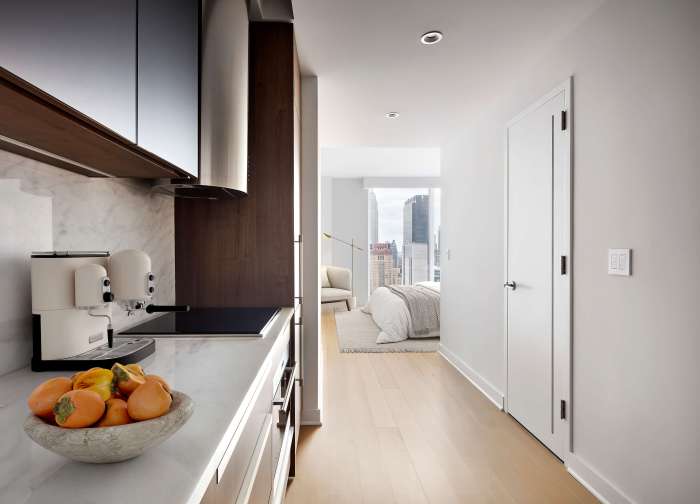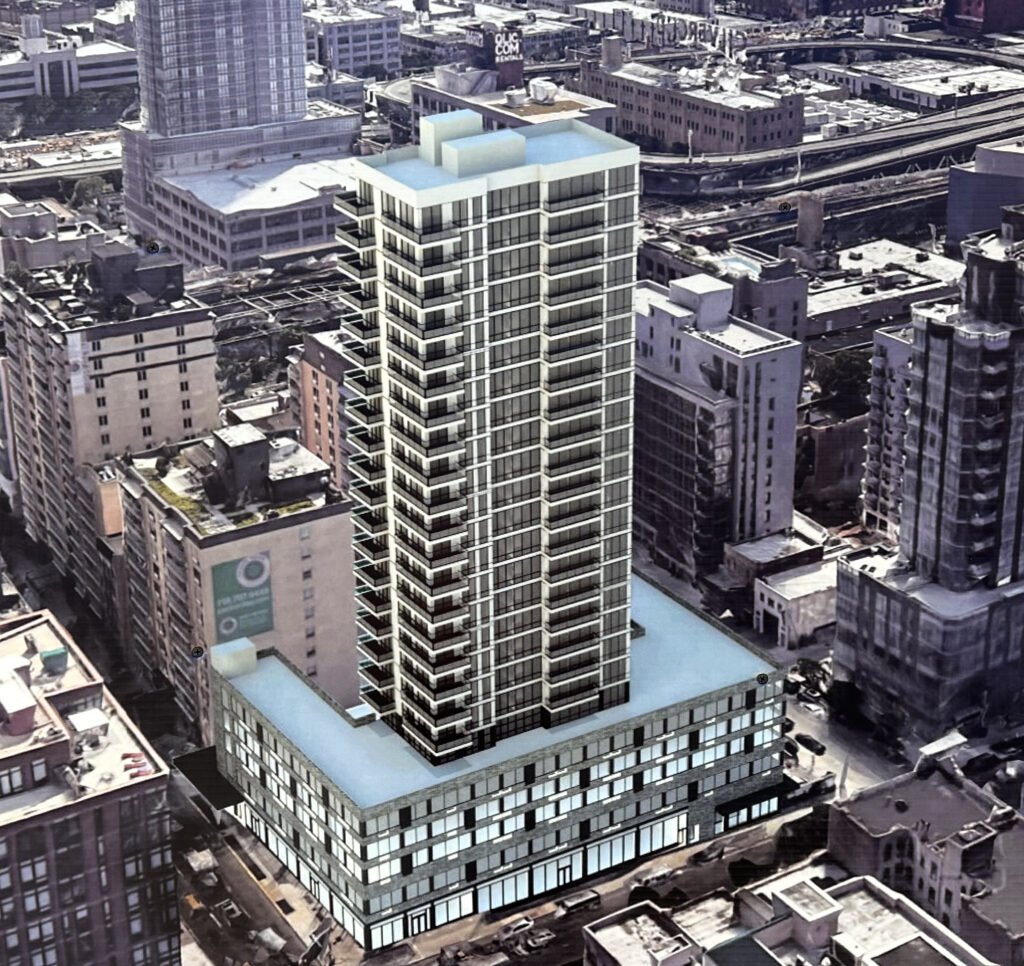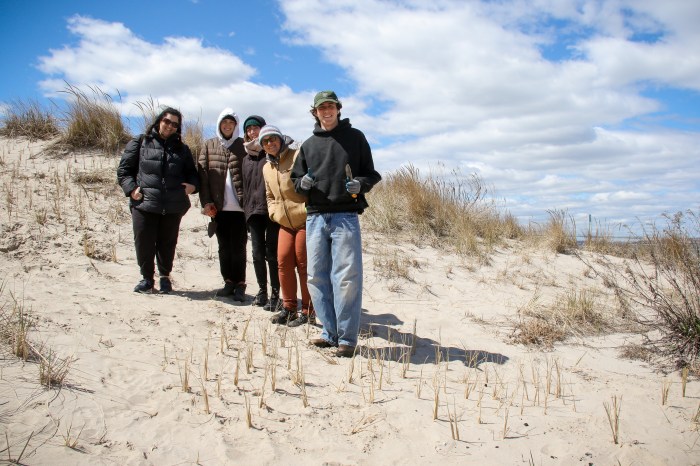Wanda Figueroa, 50, stood in the living room of the Bronxchester Houses apartment with a small group of fellow Betances Houses residents. All eyes were on a new, tall, white vent.
The New York City Housing Authority invited Figueroa and others on Aug. 23 to show off rehabilitation work they may soon see in their buildings.
Steve Berisha, general manager of C+C Apartment Management, boasted that the new vent vastly outperformed the radiators that previously heated the home. Berisha concluded by asking the group if they had any questions.
No, Figueroa said. “We just want to get it started.”
The Bronxchester Houses are a project-based Section 8 development, in which a private company has a stake in the property, manages the grounds and has undertaken major repairs.
During Berisha’s tour, many continued to note features they said relatives and others in their public housing buildings may have a hard time imagining — a bathroom outfitted with new fixtures, a hallway decorated with bright orange and charcoal and a sleek lobby, where apartment numbers had been engraved on each mailbox.
NYCHA is reviewing proposals from firms interested in helping the authority convert one of three bundles of smaller, walk-up buildings into project-based Section 8 sites through a federal program called the Rental Assistance Demonstration. This would help the cash-strapped authority usher in badly needed repairs.
Under RAD, companies co-lease buildings with NYCHA, but NYCHA maintains ownership of the land and residences. The arrangement allows the public-private partnership to access the more politically stable Section 8 funding stream and get a federal contract that can be used to tap the private market for financing.
The housing authority hopes to finish parsing through the proposals and pick a partner by the end of 2017. NYCHA could then move the next batch of up to 691 public housing units into RAD around June 2018.
Although just one of the three bundles will be tackled next summer, NYCHA notified all residents who could be impacted by the changes at least four months ago through door-to-door canvassing and several meetings.
After participating in a roundtable with lawyers and advocates, NYCHA agreed to guiding principles meant to ensure that residents who move to RAD maintain virtually the same rights they had as traditional public housing residents.
The federal government has capped how many developments can use this program, and has a waitlist of buildings seeking approval. Still, some housing authorities have converted virtually their entire portfolio to RAD.
Such a move would not be viable for NYCHA though, according to Deborah Goddard, executive vice president for development at NYCHA.
The housing authority’s 10-year plan envisions converting about 15,000 units to RAD — less than 10 percent of its portfolio.
“It is a great program, but it does not add resources to the housing finance system so we are competing with everyone else who wants tax credits, bond volume cap,” Goddard said of affordable housing developers going after similar financial resources.
Regardless, if last week’s tour was any indicator, NYCHA may have plenty of demand for RAD.
“I’m astonished with everything,” said Isabel Velez, 68, a retired teacher, who lives in Betances Houses, which may transition to RAD. “To see this now coming to our building — Oh, my God.”

















